 If you are in Charleston, the best way to learn the secrets of Low Country cuisine is to take a food tour! You might be wondering what exactly Low Country cuisine is. Well let’s start with what and where is the Low Country? (or Lowcountry) It is the area at, or close to, sea level, near the South Carolina coast. It is a geographical region with a shared history, culture and cuisine.
If you are in Charleston, the best way to learn the secrets of Low Country cuisine is to take a food tour! You might be wondering what exactly Low Country cuisine is. Well let’s start with what and where is the Low Country? (or Lowcountry) It is the area at, or close to, sea level, near the South Carolina coast. It is a geographical region with a shared history, culture and cuisine.
Since we were in Charleston we decided to take a food tour and learn all about its history and the foods making up this cuisine. Previously I would have just referred to it as Southern cooking, and Low Country cuisine is a subset of what many of us associate with the food of the Southern USA.
Charleston is the center of Low Country cuisine and many of the award-winning chefs and restaurants in town specialize in it.
The History of Low Country Cuisine
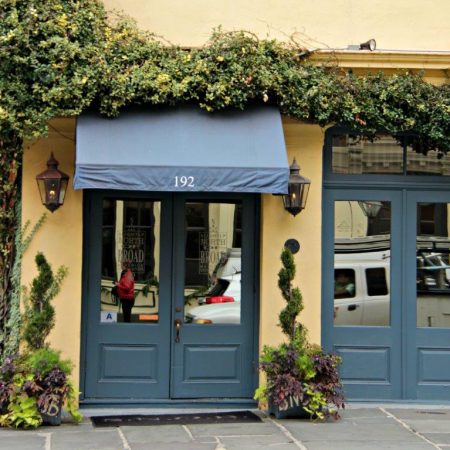 When the settlers first arrived the most common grain in their diet was wheat. After trying quite unsuccessfully to grow wheat in this humid climate, the local Indians introduced them to corn which was better suited to the soil and conditions.
When the settlers first arrived the most common grain in their diet was wheat. After trying quite unsuccessfully to grow wheat in this humid climate, the local Indians introduced them to corn which was better suited to the soil and conditions.
The indigenous people, the Creek Indians, had a method for growing the crops most common in their diet, often referred to as the three sisters- corn, squash and beans. The large squash leaf provides shade for the less sun tolerant beans. (In an interesting side note, these are the three most common crops of the Mayans as well.)
As immigration continued to grow, new inhabitants included the French, African, and English. These influences combined with the influences of the local Indians into what is commonly known as Gullah culture. It includes both its own language (still spoken today) and a cuisine unique to the region.
Many of the early slaves came from Africa and many were selected from countries with expertise in growing rice, another common crop in early times. Fried food, which many of us associate with Low Country and Southern Cooking (or just American food in general) actually originates from Africa. The slaves were already familiar with this style of cooking using animal lard to fry food. It also is a relatively quick and easy cooking method well suited to hot, humid climates as they could cook outside over an open fire.
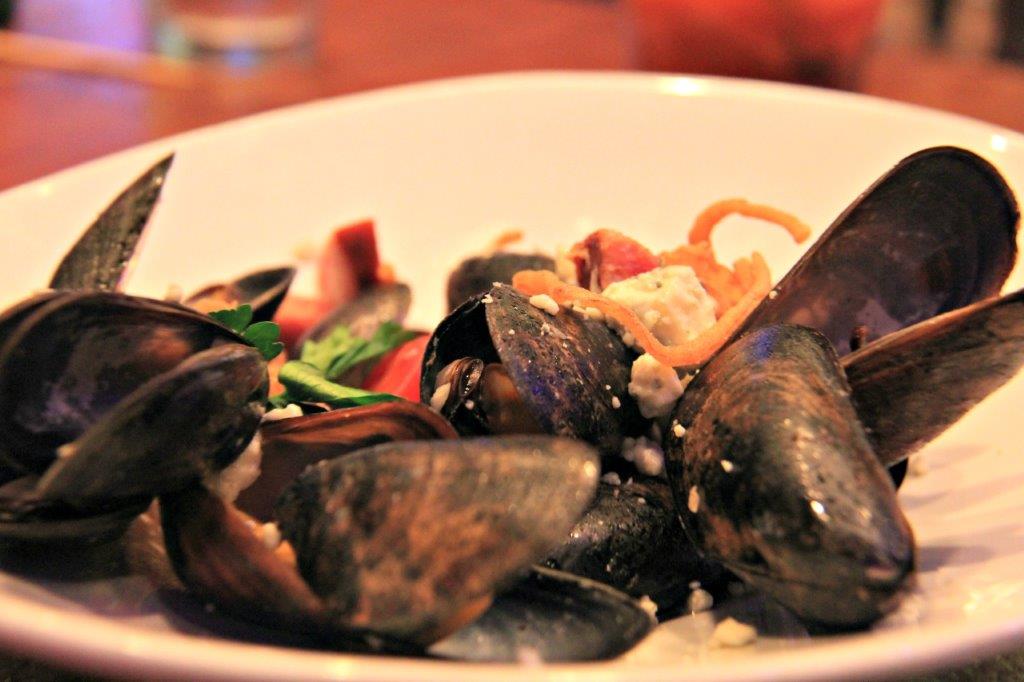 Low Country Cuisine Today
Low Country Cuisine Today
So, what is low country food? Think grits, macaroni and cheese, hush puppies (deep fried corn meal balls), collard greens, okra, black eyed peas, fried green tomatoes and dirty rice. Grits and hush puppies are both corn-based.
Most of the restaurants in Charleston, both casual and fine dining, have these staple items on their menu, seasoning provides the variations (although they all seem to love bacon with them!)
Southerners prefer stone-ground grits, which results in a coarser grind, cooked slowly and then seasoned to serve. They can accompany any meal- breakfast, lunch or dinner.
Shrimp and grits, bacon-flavored collard greens, a low country boil and variations of macaroni and cheese are popular menu items.
You may notice many items associated with breakfast are served for lunch and dinner- fried chicken with waffles, tomato pie, shrimp and grits. This dates back to after the Civil War, when specialty food items (previously available) were in short supply.
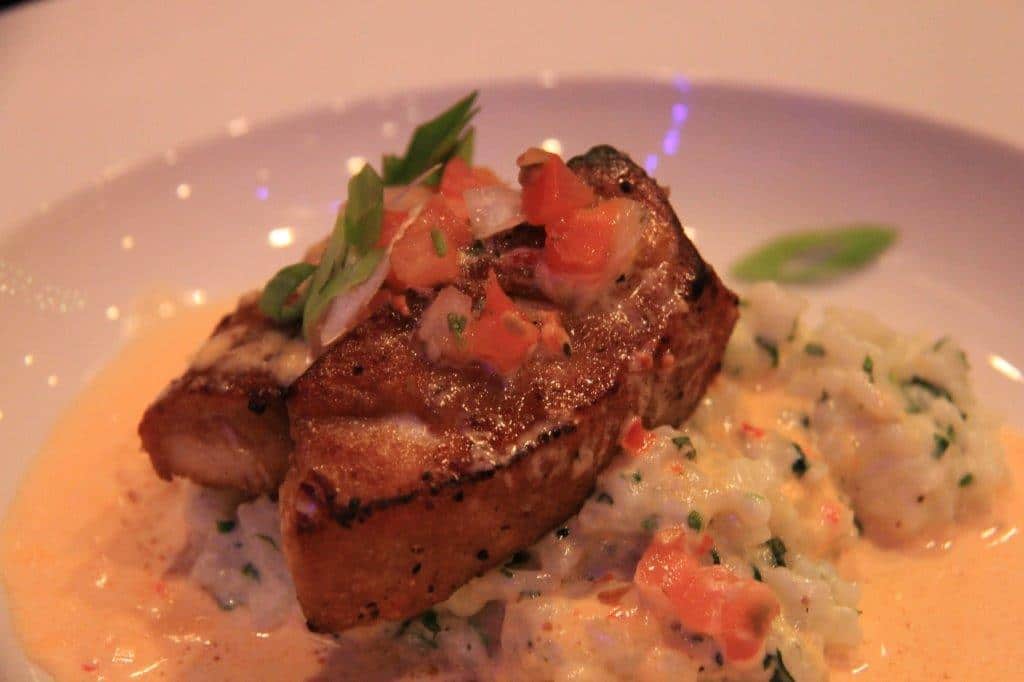
One of the most interesting things for me was collard greens are so tough and difficult to wash many people wash them in their clothes washing machine! It puts a whole new perspective on buying already washed collard greens in the pack at the grocery store!
Another popular menu item is the Low Country Boil- shrimp, sausage, potatoes, corn on the cob and some spice all in one big pot! This is also common for a backyard get together.
An item said to have originated in Charleston is She Crab Soup. The story we were told is a local chef was asked to “dress” up his crab soup for a visit from the President. Having little on hand he added sherry and fish roe. The rest is history! You now find this soup on lots of local menus and it’s worth a try!
Some other Low Country specialties to try: pralines, sweet potato cake and of course the sweetened ice tea (also known as the table wine of the South as many followers of the Baptist religion do not drink alcohol). The USA’s only tea plantation is just outside of Charleston and you can take a tour of it if you are interested.
Local oysters are available (in months that have an “r”), and there are a number of very good oyster bars in town. When asking people we knew for restaurant recommendations in Charleston Pearlz, a local oyster bar was recommended numerous times. (And it was very good!)
The farm-to-fork trend has caught on and many restaurants source their items directly from local farmers.
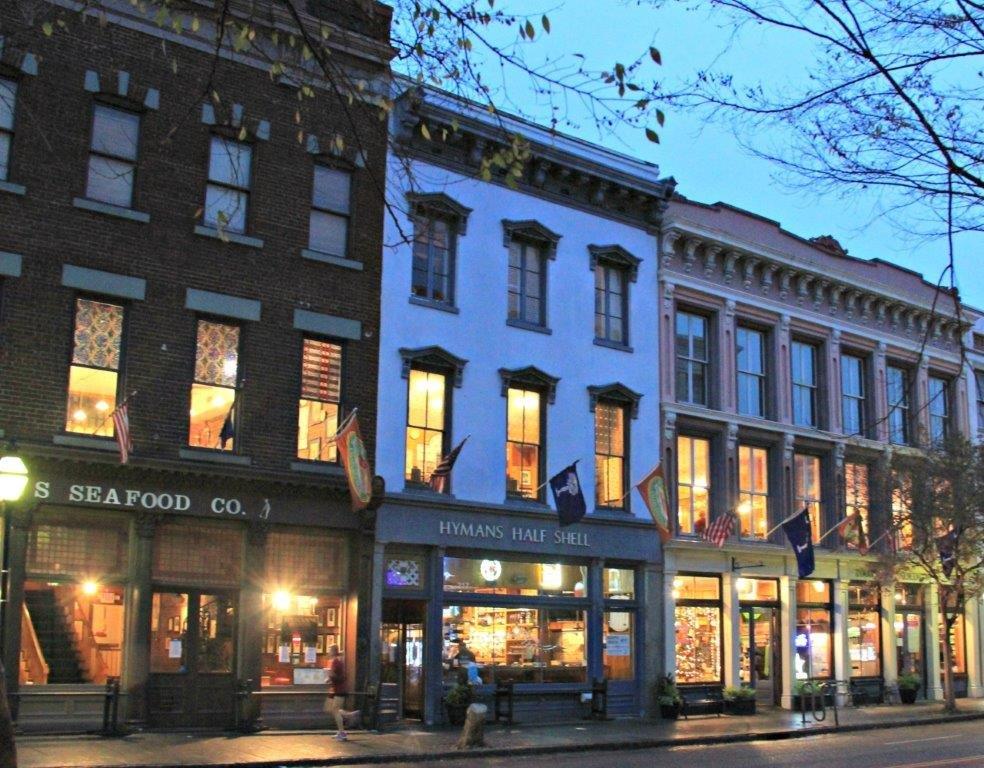
Did Barbecue Originate in South Carolina?
American’s love barbecue and there are many different versions/styles throughout the country. However, it would seem it originates in South Carolina, a controversial claim, see what you think. Here’s the story we were told . . .
The indigenous people used a spit roast to grill vegetables and local animals basted in vinegar and muscatel grapes (a local variety). The English realized this would be perfect with a pig. The Caribbean influence added some habanero peppers and the French later added tomatoes to the basting sauce.
Road side stands (the local barbecue shack) sprung up, as it was hot work and it needed to be slow roasted overnight over an open fire while continuously basting. The Germans later added mustard to their sauce, and someone else added mayonnaise/crème for a white barbecue sauce.
Modern smokers with timers and heat control mean smoking is more accessible and slow cooked barbecue continues to grow in popularity.
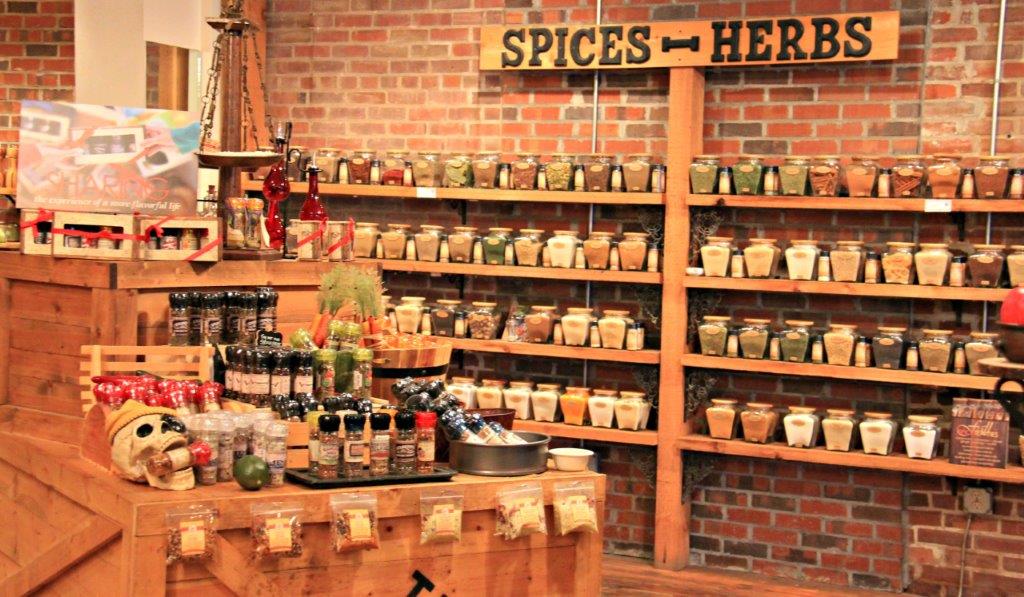
Taking a Food Tour in Charleston
The tour itself was a walking tour, we stopped at a number of places, very casual dining (one had been featured on Diners, Drive-ins and Dives), sweet shops, retails stores (for spice and tea blends), and restaurants. It was a good combination and you need to go hungry!
But the highlight of the tour was the guide, Beth and her engaging stories of the history of the food! It’s a great way to learn all about the local cuisine and after the tour gain a new appreciation of Low Country Cuisine.
If you would like to book a tour Charleston Culinary Tours will look after you.
Thanks to the Charleston Visitor Bureau for hosting Compass & Fork. As always, the opinions expressed are own.
Save

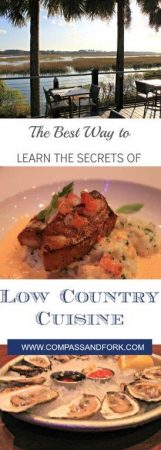
Anne Murphy
I do love food history!
There are so many different regional foods, all over the US. It’s always interesting to learn why one place or another cooks in a certain way. And of course, Charleston has phenomenal seafood!
Editor
The seafood is indeed wonderful and fresh. What I do like about cuisine from the low country is how they turn food that is relatively cheap to buy and turn it into something special.
Sarah
What a fascinating culinary history – I had no idea that fried food in this part of the world originated in Africa. I really like your blog, keep up the great work!
Editor
Sarah thank you so much for your comment. We were shocked about the fried food coming from West Africa but when you hear the whole story it makes total sense. Food history is such an interesting subject.